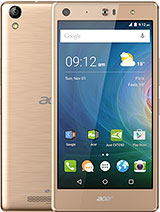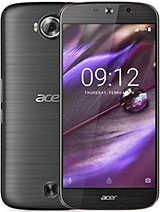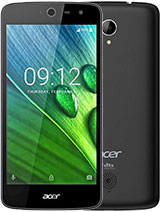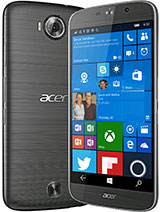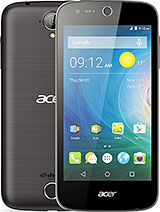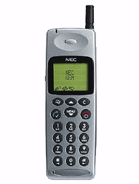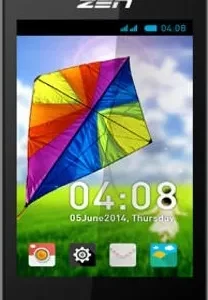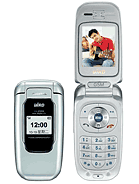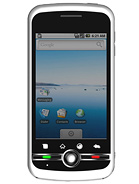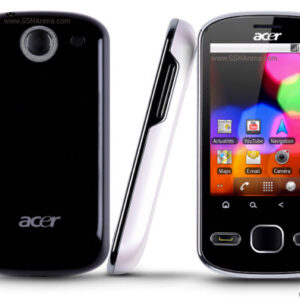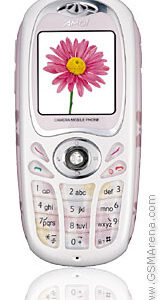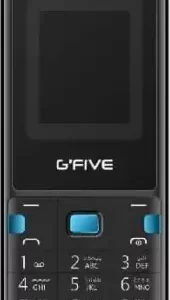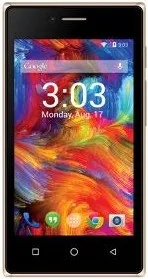Acer Allegro Overall Specifications
The Acer Allegro made its mark as Acer’s venture into the Windows Phone market, launching around late 2011. It catered to the mid-range segment, offering users a blend of functionality and affordability with Microsoft’s Windows Phone 7.5 Mango operating system. The Allegro featured a modest 3.6-inch WVGA touchscreen, providing a crisp and vibrant display for its time.
Under the hood, the Allegro was powered by a single-core processor, typical of smartphones in its class, ensuring a smooth experience across the board, from navigation through the tile-based interface to running apps. It came equipped with 8GB of internal storage, offering ample space for apps, music, and photos, although it lacked expandability via microSD.
Photography on the Allegro was facilitated by a 5MP rear camera, capable of capturing quality images and videos for social media and personal archives. The device also boasted standard connectivity options, including Wi-Fi, Bluetooth, and GPS, allowing users to stay connected and navigate effortlessly.
Despite its focus on affordability, the Allegro did not compromise on build quality, featuring a sleek and durable design that felt comfortable in the hand and pocket.
Acer Allegro Pros and Cons
Pros:
- Affordable entry into the Windows Phone ecosystem.
- Compact and solid build quality.
- Smooth user experience with Windows Phone 7.5 Mango.
- Decent camera performance for its class.
Cons:
- Limited by single-core processor performance constraints.
- No microSD slot for storage expansion.
- Windows Phone app ecosystem less robust compared to competitors.
- Limited future OS updates due to the nature of early Windows Phones.



